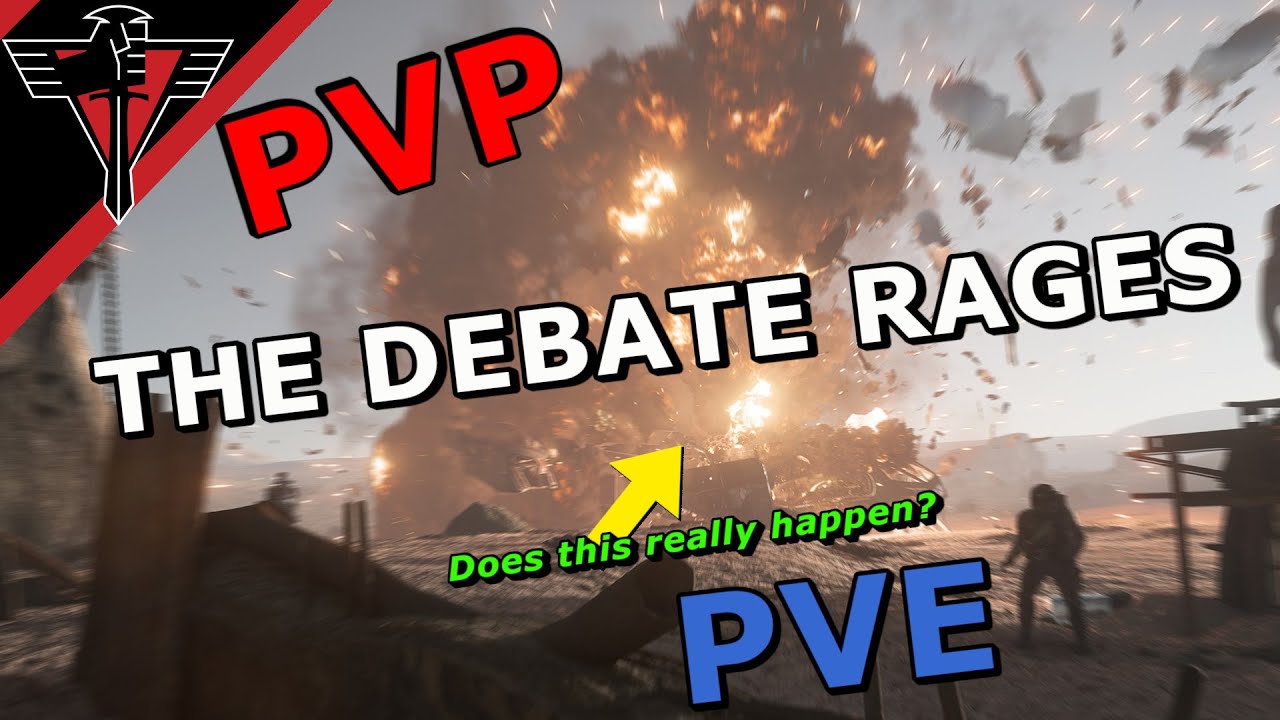The video analyzes the current challenges of Player vs. Player (PvP) and Player vs. Environment (PvE) dynamics in Star Citizen, particularly in the lawless Pyro system, highlighting the need for improvements to make PvP more accessible and enjoyable for a wider range of players. It emphasizes issues such as anonymity in PvP interactions, balance between ship types, and the time commitment needed for recovery after death, suggesting that thoughtful adjustments are crucial for the game’s long-term success.
The video discusses the current state of Player vs. Player (PvP) and Player vs. Environment (PvE) dynamics in Star Citizen, particularly following the release of the Pyro system, which has been dubbed “red Stanton” due to its lawless nature. The creator emphasizes that complaints about PvP in a PvP zone are rampant, but instead of mocking players who prefer PvE, they aim to highlight the serious issues affecting PvP engagement. The video explores why PvP in Star Citizen is perceived as broken and outlines the need for changes to make the experience more accessible and enjoyable for all players, whether they are PvP enthusiasts or casual gamers.
The creator introduces the “Horseshoe theory” to explain the spectrum of player preferences in Star Citizen, where players range from those who strictly prefer PvE to hardcore PvP fans. The focus is on those in the middle who enjoy both aspects but may have had negative experiences with PvP. The video argues that game developers should investigate why players avoid certain systems and how to improve them. The creator suggests that the current PvP mechanics lack depth and purpose, often leading to repetitive and unfulfilling gameplay experiences in Pyro.
Anonymity in PvP interactions is discussed as a significant factor affecting player engagement. The creator points out that players often dislike being ridiculed after losing, which discourages them from participating in PvP. They propose that hiding player names could encourage more players to engage in PvP without fear of being shamed. Additionally, the time commitment required to recover from death in the game is criticized, as it detracts from the overall experience and makes players hesitant to engage in conflict.
The video also addresses the balance issues within the game, noting that players in non-combat ships are at a severe disadvantage against dedicated combat ships. This imbalance leads to frustration and a perception that PvP is not worth the effort. The creator argues that the game needs to provide better incentives for teamwork and make utility ships more viable in combat situations. The current state of multi-crew ships is also criticized, as they are often seen as ineffective and require significant coordination among players, which is not always feasible.
In conclusion, the creator emphasizes that improving PvP in Star Citizen is essential for the game’s long-term success. They suggest that the developers should focus on making the experience more accessible and engaging for the majority of players who fall in the middle of the PvP/PvE spectrum. By addressing balance issues, enhancing anonymity in PvP interactions, and streamlining the recovery process after death, the game can foster a more inclusive environment that encourages participation from a broader audience. The video calls for thoughtful adjustments to enhance the overall gameplay experience and sustain the community.
